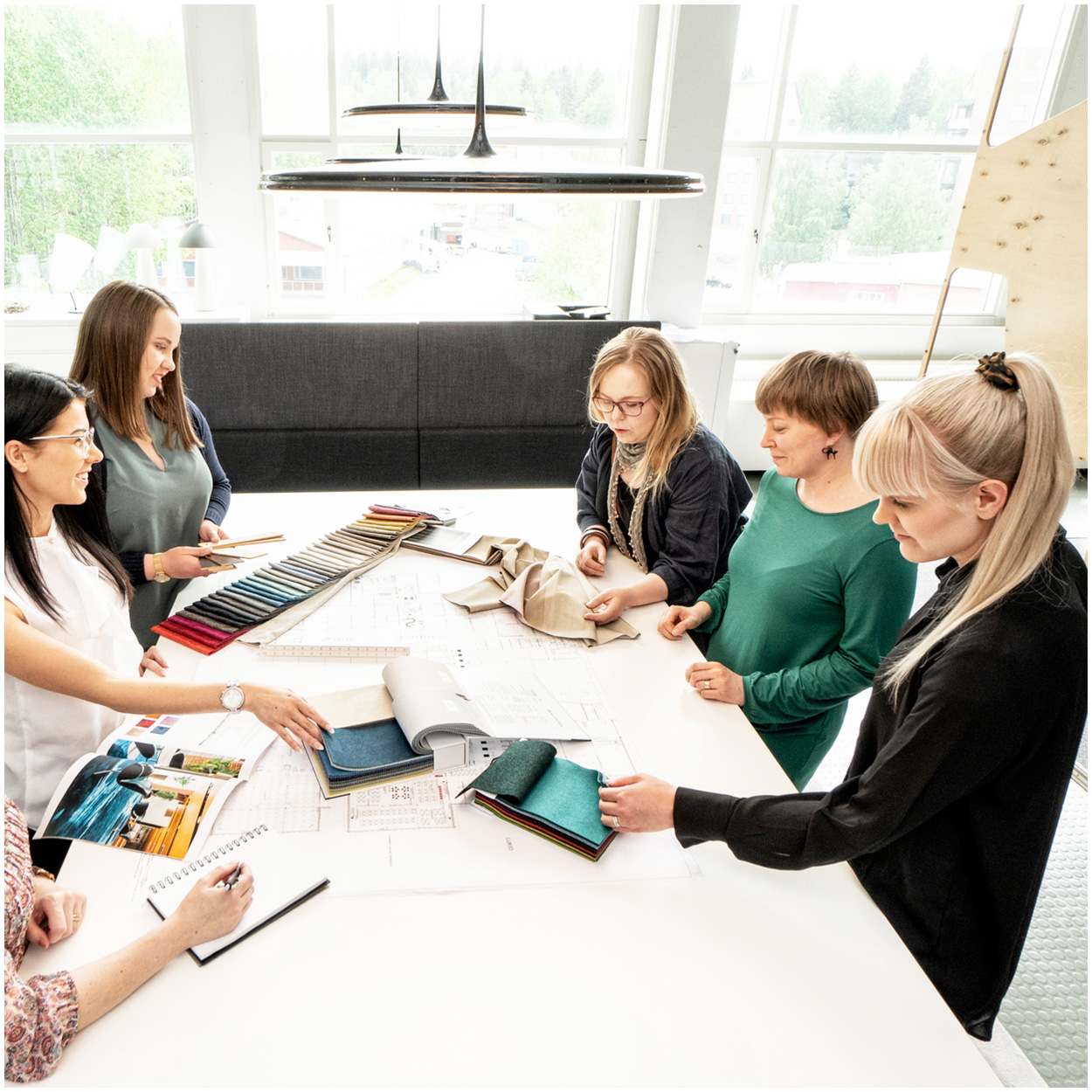Enhancing user experience (UX) through interior design solutions is a strategic approach that combines aesthetics, functionality, and technology to create spaces that are not only visually appealing but also highly functional and user-friendly. By focusing on elements such as color, furniture arrangement, and the integration of technology, interior design can significantly improve how users interact with and feel within a space. This article explores various strategies and examples of how interior design can enhance UX, providing practical insights for those looking to transform their environments.
Understanding the impact of interior design on user experience
Interior design plays a crucial role in shaping user experience by influencing how individuals perceive and interact with their surroundings. A well-designed space can evoke positive emotions, increase productivity, and promote well-being. Conversely, poorly designed environments can lead to discomfort, stress, and decreased efficiency.
Key elements of interior design that impact UX include spatial layout, lighting, acoustics, and material selection. These components work together to create an environment that meets the needs and preferences of its users. By employing thoughtful interior design solutions, spaces can be tailored to enhance user satisfaction and engagement.
For instance, in educational settings, flexible furniture arrangements and vibrant colors can stimulate learning and creativity. In healthcare environments, soothing colors and ergonomic furniture can promote healing and comfort. Understanding these impacts allows designers to create spaces that are not only functional but also emotionally supportive.
How can color choice influence user satisfaction?
Color is a powerful tool in interior design that can significantly influence user satisfaction. Different colors evoke different emotions and can affect mood, behavior, and even physiological responses. For example, blue is often associated with calmness and productivity, making it a popular choice for offices and study areas.
Warm colors like red and orange can create a sense of warmth and energy, which can be beneficial in social spaces such as cafes and lounges. On the other hand, neutral colors like beige and grey can provide a sense of balance and sophistication, suitable for professional environments.
By understanding the psychological effects of color, designers can use it strategically to enhance UX. This involves selecting color palettes that align with the intended purpose of the space and the preferences of its users, ultimately leading to increased satisfaction and comfort.
What role does furniture arrangement play in enhancing UX?
Furniture arrangement is a critical aspect of interior design that directly impacts user experience. The way furniture is positioned can influence movement, interaction, and the overall functionality of a space. Effective furniture arrangement can create a sense of flow and accessibility, making spaces more inviting and user-friendly.
In open-plan offices, for example, arranging furniture to create distinct zones for collaboration, focus, and relaxation can enhance productivity and employee satisfaction. In residential settings, thoughtful furniture placement can maximize space and improve comfort, making homes more livable and enjoyable.
By considering factors such as traffic flow, ergonomics, and the specific needs of users, designers can create layouts that enhance UX. This involves not only selecting the right furniture but also arranging it in a way that supports the intended activities and interactions within the space.
Integrating technology in design for improved UX
Integrating technology into interior design is an effective strategy for enhancing user experience. Smart technologies, such as automated lighting, climate control, and interactive displays, can make spaces more adaptable and responsive to user needs.
Incorporating technology into design allows for greater customization and convenience. For instance, smart lighting systems can adjust brightness and color temperature based on the time of day or user preferences, creating a more comfortable and energy-efficient environment.
Moreover, technology can facilitate better communication and collaboration in workspaces. Interactive whiteboards and video conferencing tools can enhance connectivity and productivity, making it easier for teams to work together effectively. By integrating technology into design, spaces can become more dynamic and user-centric.
How to start enhancing UX through design today
To start enhancing UX through design, it is essential to understand the needs and preferences of the users who will interact with the space. Conducting user research and gathering feedback can provide valuable insights into what elements are most important for creating a positive experience.
Once user needs are identified, designers can begin implementing interior design solutions that address these requirements. This may involve selecting appropriate color schemes, arranging furniture to optimize flow and functionality, and integrating technology to enhance convenience and adaptability.
Additionally, collaborating with experienced designers and utilizing UX design strategies can ensure that the design process is both effective and efficient. By taking a user-centered approach, spaces can be transformed into environments that not only meet functional needs but also enhance overall satisfaction and well-being.


